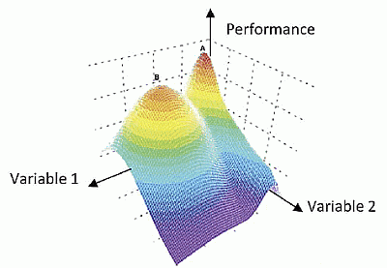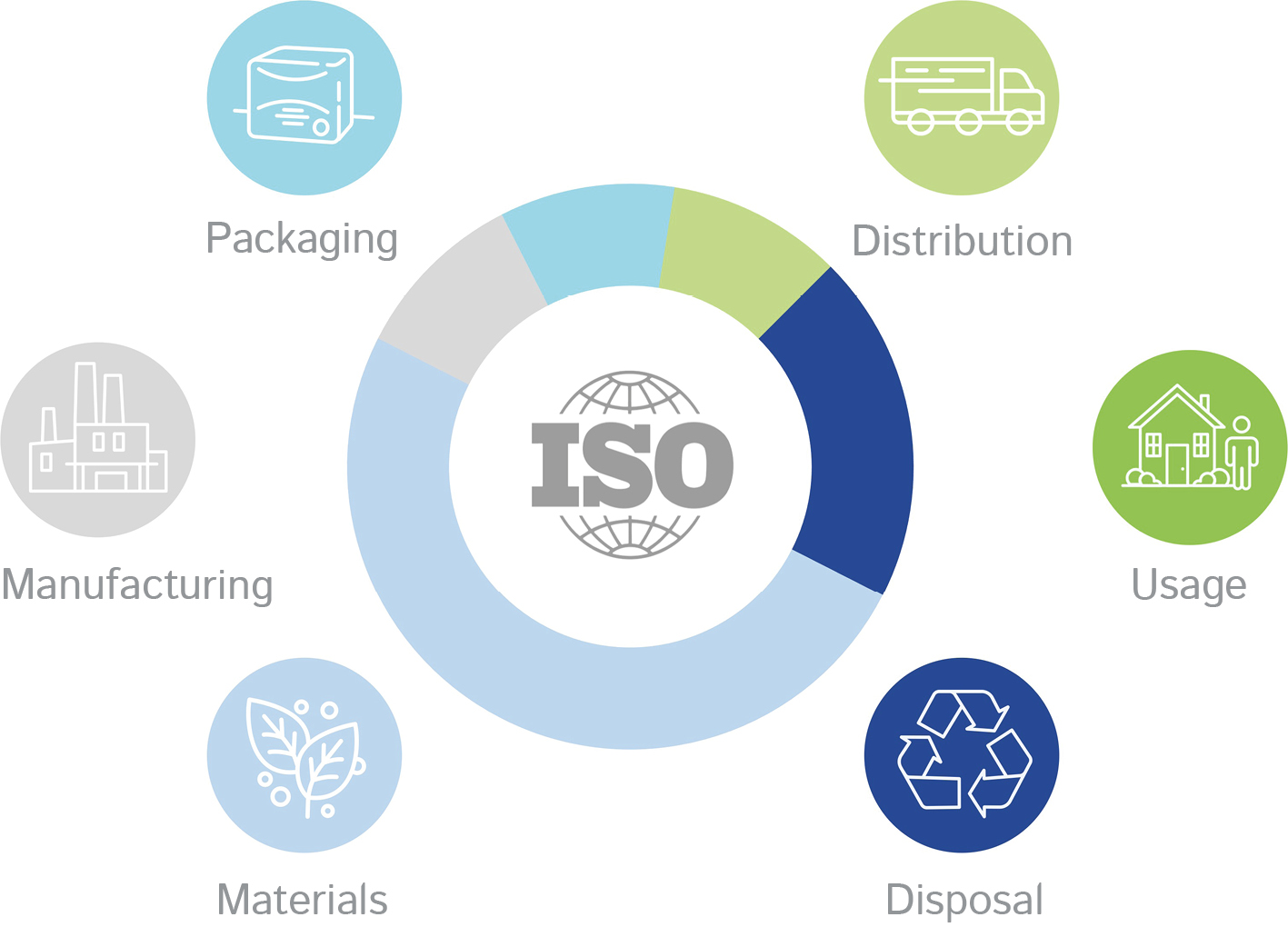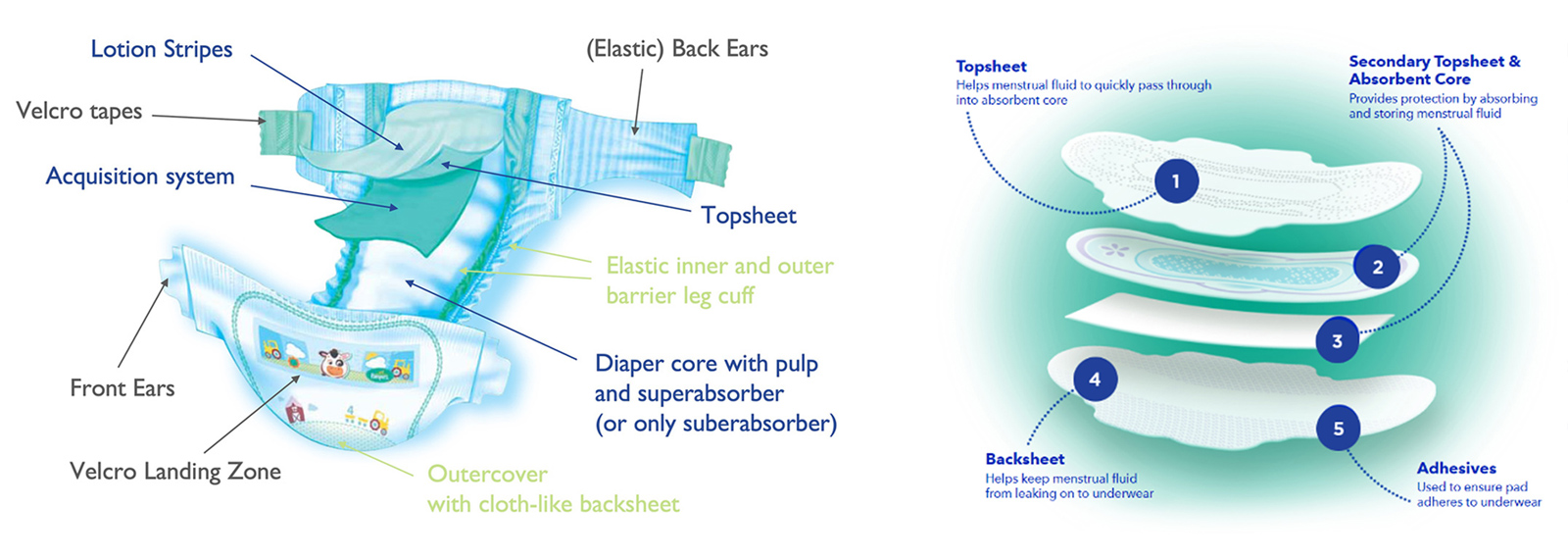Reducing environmental impact of Absorbent Hygiene Products (AHP) using sustainable eco-technology
The EcoCare “Layman´s Report” was published in the EU Repository Journal PRj VOl. 15 Oct 2022.
EcoCare was a 3-year research project (2019-2022) that developed and explored more sustainable material options for absorbent hygiene products (AHP) such as baby diapers, sanitary napkins and tampons.
The research team at P&G looked into renewable & recyclable resources, for example cotton, cellulose, corn, bio-SAP, bio-films, bio PE/PP nonwovens and bio-based naphtha, including EU locally-sourced fibres. An applied innovative multilayer absorbent technology (see CELSTAB) considerably reduced the material and volume.
The EcoCare project was the successor of the CELSTAB project “A novel and highly sustainable feminine pad product”, LIFE13ENV/DE/001131, from 2014-2018.
EcoCare and its precursor project CELSTAB chose a step-by-step approach to find materials and structures for more sustainable single-use products, accompanied by intensive consumer testing for feedback on product comfort and efficacy.
With insights from environmental impact assessments, the EcoCare team at P&G had a closer look at specific AHP product types and assessed where changes could best improve environmental sustainability.
Baby diapers and period protection products (sanitary napkins, pantyliners) consist of sophisticated liquid and odor absorption and retention technology (see references at bottom of page)

The selection and sequence of material for each layer must preserve product functionality. But research can target the efficiency of the materials used, or alternative materials. Or reusable products – whereby for these, the environmental impact of eg. washing water/temperature and detergent must be considered.
Past experiments to develop industrially biodegradable or recyclable absorbent devices (paper- or cotton-based) for the hygiene sector have not been commercially successful. Reasons were a lack of comfort, efficacy, the difficulty of producing them in the high quantities required and lack of a viable business model. Also, especially in the case of menstrual protection products, hygienic reasons speak against public collection and disposal via biodegradation or recycling.
Sustainable innovation should reduce the environmental impact (related to resource consumption, transport, and packaging) and include the product safety and technological performance. This complex task requires research teams to analyze and consider the tradeoffs of different materials, processes, and end-of-life solutions, be it for re-usable or single-use products.
For more details, please consult the “Layman´s Report” published in the EU Repository Journal PRj VOl. 15 Oct 2022.

